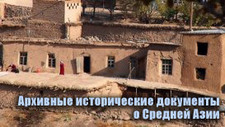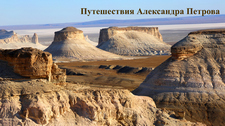You are here
Square and bust of Tabalda Zhukeyev-Pudovkin in Naryn.
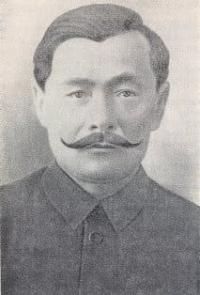
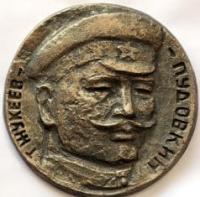
Trip from Naryn to village of At-Bashi.
“We are sunny! We were born from the depths of the sun.
We, bright riders, rush, punishing the darkness with the sun.
And our fiery banner soars upward.
And where we galloped - there is a variety of grasses without end.
Why do we need Allah? We will pour thunderous showers!
We will wash away snow and ice with a roaring foamy stream!
We will clear the gloomy clouds with the winds
And we will search the expanses with a masterly, all-seeing eye!”
Ilyas Dzhansugurov. “Sunny”.
Parks, squares and squares in Naryn.
Bust of Tabyldy Zhukeev-Pudovkin is located at an altitude of 2058 meters above sea level, between streets: Lenin and Sheraliev, 270 meters southwest of Upper Automobile Bridge over Naryn River, 64 meters east of Bilal bin Rabakh Mosque in eastern part of city of Naryn.
In a small park located on the left bank of the Naryn in the eastern part of the city of the same name, there is a bust of a revolutionary with a difficult fate, a fighter for the people's happiness Tabyldy Zhukeev-Pudovkin. The bust was made of red granite according to the design of Gapar Aitiev (1912-1984), one of the founders of professional fine art in Kyrgyzstan.
Gapar Aitiev left a significant legacy in the field of painting and scenography, actively participated in the formation of the national art school. He was awarded a number of high titles and awards, including the titles of Hero of Socialist Labor (1982) and People's Artist of the USSR (1971).
He also became a laureate of the State Prize of the Kirghiz SSR named after Toktogul Satylganov, which was awarded for outstanding achievements in art. Aitiev made a significant contribution to the development of Kyrgyz fine art, creating canvases reflecting the history and culture of the Kyrgyz people.
In Soviet times, the only Zhukeev-Pudovkin Museum in the city was located in Naryn. In 2009, local philanthropist Musa Zhusayev, at his own expense, improved the park named after the revolutionary Zhukeev-Pudovkin, which is located in the 64th district of the city of Naryn.
On his own initiative, M. Zhusayev installed benches in the park, and a flower bed was laid out. $10,000 was spent on this improvement. M. Zhukeev is an Honorary Citizen of the city of Naryn, has the "Ak Zhurek" award from the "Dordoi" Association - such awards are given to those who have contributed to the development of Naryn.
Tabaldy Zhukeev, also known by the surname Akbaev or the pseudonym Pudovkin, was one of the first revolutionaries from Kyrgyzstan, who dedicated his life to the struggle for the liberation of the people and the establishment of Soviet power.
Born in 1882, he became a member of the RSDLP in 1905, which made him an active participant in the revolutionary movement in Central Asia. Zhukeev was actively involved in underground work in the Central Tien-Shan and Tashkent, participating in the struggle against the tsarist regime.
Sentenced to death by the tsarist court, he escaped execution but was sentenced to 30 years of hard labor. After the October Revolution, he joined the Red Army and fought against White Guard troops and gangs in the Crimea, the Caucasus, and Central Asia.
Tabaldy Zhukeyev-Pudovkin died in 1930 in Tien-Shan. His contribution to the struggle for the revolution is immortalized by a monument on his grave on the banks of the Naryn River. His life and work remain an important part of the history of the formation of Soviet power in Kyrgyzstan.
Tabaldy Zhukeyev-Pudovkin worked as a farm laborer for wealthy farms in his youth, facing harsh living conditions. In 1899, he went to Tashkent, where he became a worker on the construction of the railway. Already at a young age, he joined the labor movement, participating in protests in cities such as Tashkent, Kyzylarbat and Krasnovodsk.
In 1906, his participation in a railway strike led to his arrest and exile to the Transcaspian region. He spent the following years in various prisons in the Russian Empire, including Saratov, Tashkent, Warsaw and Nizhny Novgorod. In 1907, he was sentenced to death for attacking the chief of the Tashkent city police.
However, the sentence was commuted to 15 years of hard labor. After his release as a result of the February Revolution of 1917, Zhukeev found work as a mechanic at the Elektrostal plant, while continuing his revolutionary activities. His life was full of trials, but Zhukeev-Pudovkin's contribution to the revolutionary movement and the fight for workers' rights remains an integral part of the history of Kyrgyzstan and Central Asia.
In 1918, Tabaldy Zhukeyev-Pudovkin voluntarily joined the Red Army and actively participated in the establishment of Soviet power in the Moscow province. As part of the fight against counterrevolution, he was recruited to work in a special commission.
In 1919, he took the post of commissar of the 197th Muslim Regiment of the 22nd Rifle Division of the Eastern Front. During the Civil War, Tabaldy participated in the liberation of strategically important territories, such as Crimea and the Caucasus, from White Guard forces and foreign interventionists.
In 1920, Zhukeev-Pudovkin was appointed to the operational-search department of the Eastern Front, where he continued his active work to strengthen Soviet power and fight the enemies of the new socialist state. His contribution to the victory of the Bolsheviks was an important link in the formation of the Soviet state.
Geographical coordinates of park and monument to Tabalda Zhukeev-Pudovkin: N41°25'25 E76°01'01
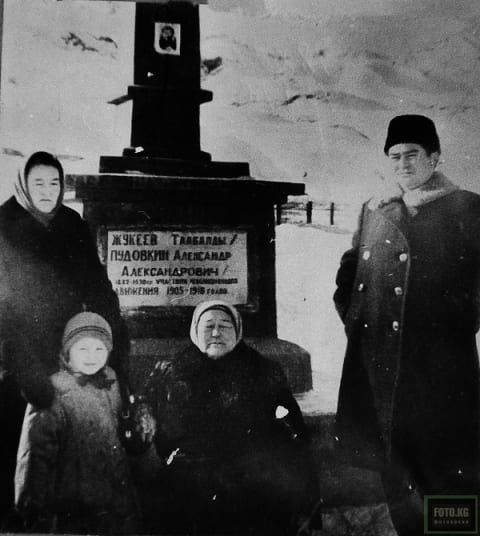
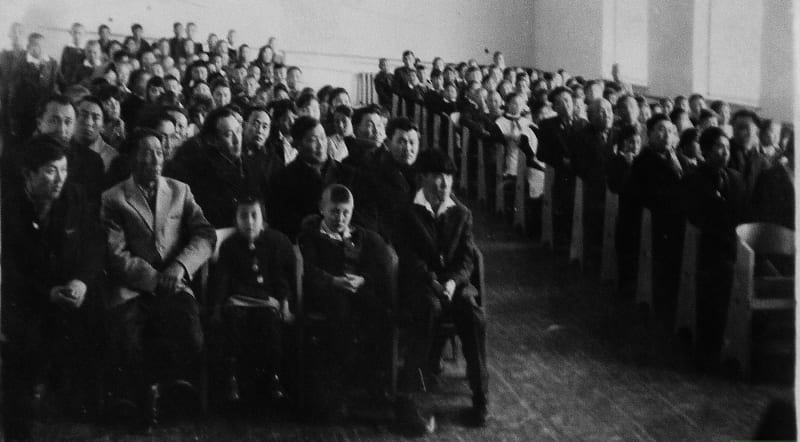
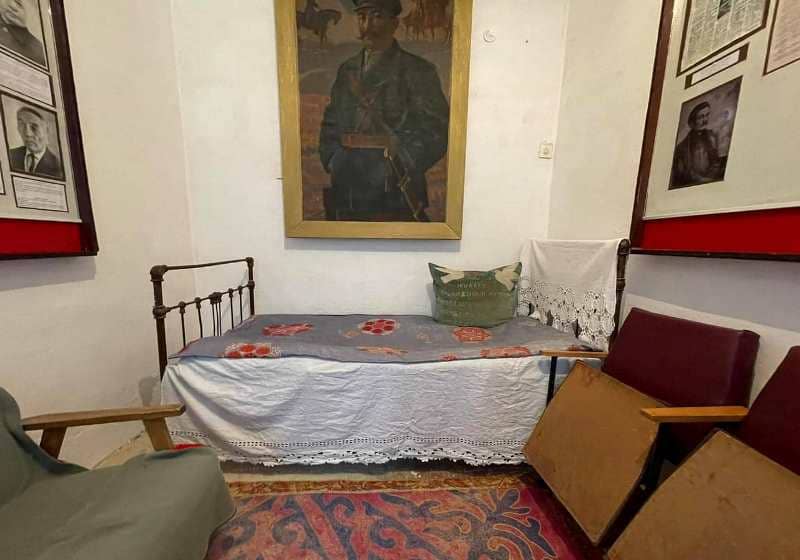
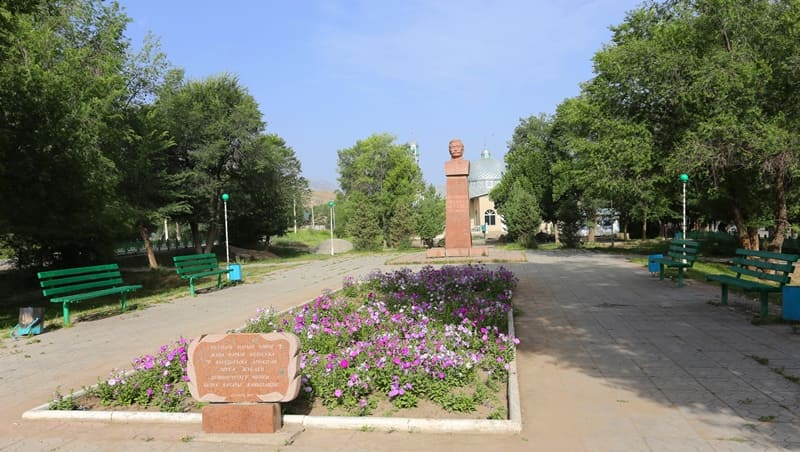
Authority:
Alexander Petrov.
Photos by:
https://foto.kg/galereya/3122-naryn-semya-tabaldy-zhukeeva-u-mogily-revolyucionera.html





